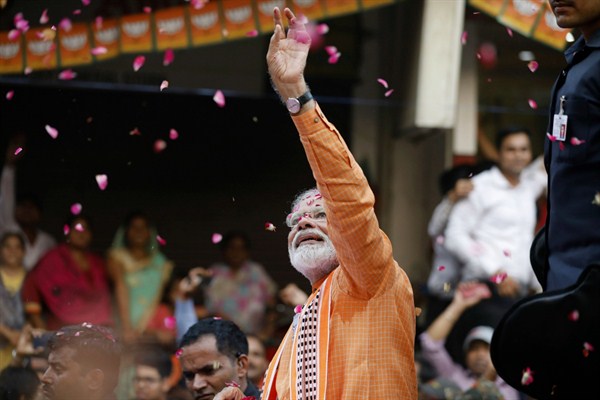VARANASI, India—On a recent morning, Hindu pilgrims in white robes scurried through the dusty stone alleyways of this city on the Ganges River. They moved back-and-forth between various temples and the ghats, or piers, on the riverbank, and occasionally one or more of them would wade into the sacred waters, which are said to cleanse the soul.
As the sunlight faded, a traditional folk band featuring tabla drums and a harmonium struck up a song as students and families sat on the steps to take in the early evening breeze.
It was, in many ways, a fairly ordinary scene for a city that is often referred to as India’s holiest place, especially for Hindus, who make up 70 percent of the country’s 1.3 billion people. Varanasi, in the northern Indian state of Uttar Pradesh, boasts more than 20,000 temples and draws around 6 million visitors a year, roughly half a million of them foreigners.

